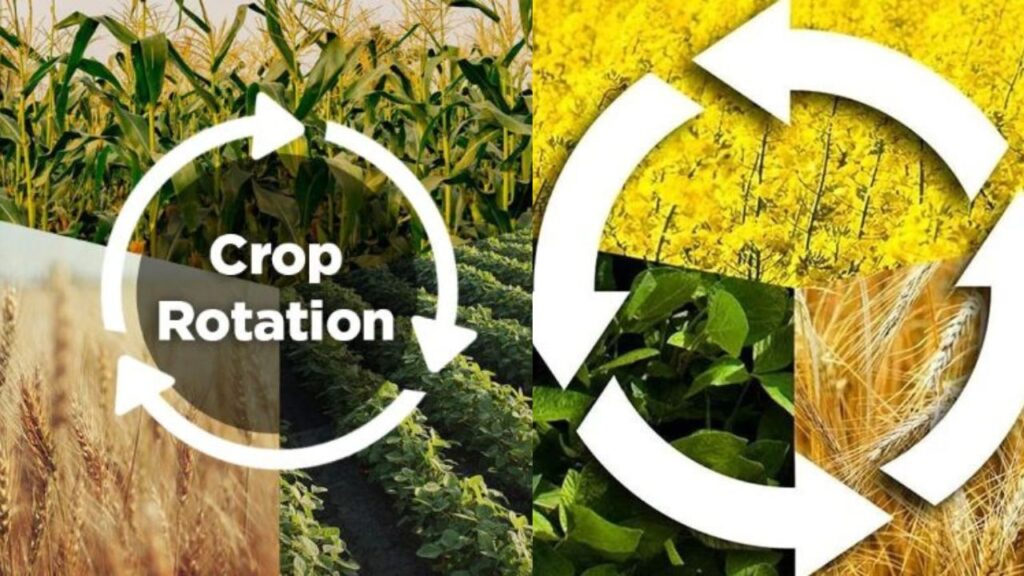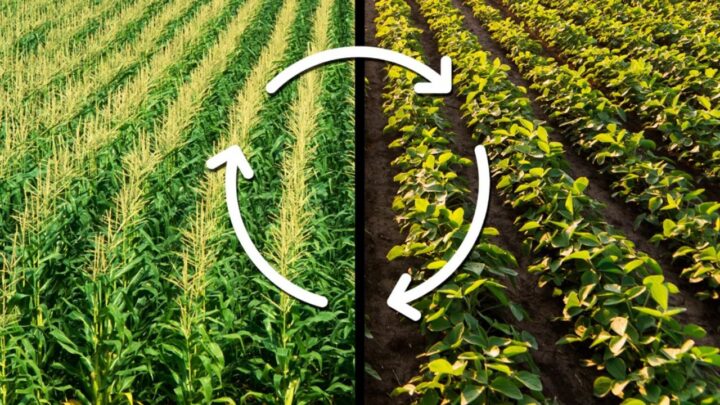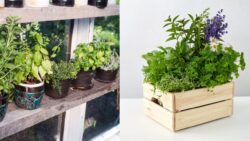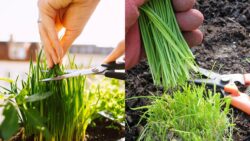Crop Rotation – A simple yet powerful farming technique that protects soil health, boosts yields, and ensures long-term sustainability. By rotating crops strategically, you can naturally restore nutrients and keep your soil rich and productive season after season.

Understanding the Importance of Crop Rotation
Crop rotation is the practice of growing different types of crops in the same area across multiple seasons. This method helps prevent nutrient depletion, reduces pest infestations, and promotes healthier soil. Instead of planting the same crop repeatedly, farmers switch between plants that have varying nutrient needs and root structures, which keeps the soil balanced. This sustainable approach also reduces the need for chemical fertilizers, saving both money and the environment.
How Crop Rotation Prevents Soil Damage
When a single crop is grown continuously, it exhausts specific nutrients from the soil. Crop rotation fixes this by alternating crops that restore what others use up. For example, legumes add nitrogen to the soil, which benefits cereal crops like wheat or corn. This rotation breaks the pest cycle and improves soil texture. The result is **healthier soil**, **stronger roots**, and **better plant growth** without constant external input.
Best Crops to Rotate for Maximum Growth
Choosing the right crop sequence is key. A smart rotation pattern ensures that nutrient demands and contributions are balanced. For instance:
- Legumes: Beans, peas, and lentils fix nitrogen in the soil.
- Leafy crops: Spinach, lettuce, and cabbage utilize nitrogen efficiently.
- Root vegetables: Carrots, onions, and beets loosen the soil for better aeration.
- Grains: Wheat, maize, and barley improve soil structure and control weeds.
This balance maintains fertility and prevents erosion, ensuring a consistent **boost in crop yield** every season.
Step-by-Step Guide to Crop Rotation
- Step 1: Analyze Your Soil
Start by understanding your soil type and nutrient profile. Testing helps determine which minerals are lacking and which crops can help restore balance naturally.

- Step 2: Group Crops by Family
Organize your plants into families—such as legumes, brassicas, and solanaceae. Avoid planting the same family in the same spot two years in a row to reduce disease buildup.
- Step 3: Create a 3–4 Year Rotation Plan
Design a plan where each section of your garden or farm gets a different crop each year. For example: Year 1 – legumes, Year 2 – leafy crops, Year 3 – root crops, Year 4 – grains.
- Step 4: Add Cover Crops
Use green manure crops like clover or rye between rotations. They enrich the soil, suppress weeds, and improve moisture retention.
- Step 5: Monitor and Adjust
Observe plant health and yields after each season. If certain crops deplete nutrients faster, adjust your sequence to maintain balance and productivity.

Extra Tips for Effective Crop Rotation
- Keep detailed notes on what was planted and where.
- Include flowers like marigolds to repel soil pests naturally.
- Combine rotation with organic composting for added fertility.
- Never skip fallow periods—resting soil boosts long-term results.
- Introduce companion planting to enhance soil recovery faster.
FAQs
What is the main goal of crop rotation?
The primary aim is to maintain soil fertility, reduce pests, and improve yields by alternating different crops over multiple growing seasons.
How often should I rotate my crops?
Ideally, every 1–2 years. This gives soil enough time to recover essential nutrients and reduces disease recurrence.
Can crop rotation work in small gardens?
Yes! Even in backyard gardens or raised beds, rotating plant types seasonally helps maintain soil balance and prevents pest infestations.
What happens if I don’t rotate crops?
Continuous cropping can lead to nutrient depletion, lower yields, and increased pest attacks, making the soil weak and unproductive over time.
Farmers and gardeners who embrace **crop rotation** enjoy stronger plants, richer soil, and sustainable harvests year after year. Start small, stay consistent, and watch your garden thrive naturally without relying on chemicals. The earth rewards those who nurture it wisely!




